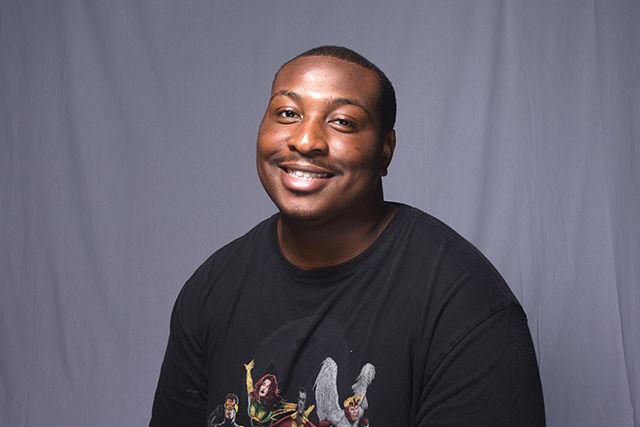
Kenton Gibbs
Kenton Gibbs
Athletics come with competitiveness. It’s the nature of the beast. If it weren’t, there’d be no need to keep score. The constant desire to win manifests itself in almost every area of athletics. One of the most dangerous iterations of this passion is athletes’ and coaches’ refusal to acknowledge injuries. Some have called this phenomenon “warrior culture.”
Warrior culture is indoctrinated into athletes from a very young age. This problem is not just exclusive to coaches pressuring players to play through injuries. In a November 2013 Huffington Post article, Kristin Lewis said, “The pressure to play at all costs comes from parents, who have invested time and money into their kids’ training and dream of a college scholarship. It comes from coaches, who want to win. And it comes from young athletes, who are afraid that missing even one practice will jeopardize their status on the team or at school.”
Many athletes just have an all-out fear of being on the bench. We’re told stories of Tom Brady replacing Drew Bledsoe. Even stories as old as Wally Pip being replaced by Lou Gehrig are taught to us as constant reminders that athletes must avoid letting someone replace us for any amount of time. I got my starting spot in high school as an underclassman because the senior in front of me got injured. So trust me, I get it. It still doesn’t make these things OK.
The popularity of phrases like, “no pain, no gain,” and, “there’s a difference between being injured and being hurt,” show how prevalent warrior culture is in our society. It is probably common knowledge that most players are willing to play through injuries or concussions. The aforementioned article says that, “in a recent survey of high school football players, more than 90 percent said that they understood the risks of getting back in the game with a head injury — but only half would actually stop if they experienced symptoms of a concussion.”
I would be a hypocrite if I didn’t acknowledge the fact that while I was an athlete, I conformed to this culture in the worst of ways: I tore my bicep toward the end of one practice. I got it taped up and proceeded to go back to playing like everything was OK. I also couldn’t walk straight the week leading up to the state championship game my senior year due to a high ankle sprain. I was one of the lucky few who acted as if pain didn’t faze me, and I made it through my career mostly unscathed. But the risks I took with my body aren’t ones that I’d be OK with my children making.
Although it is highly incentivized to “rub some dirt on it” or “walk it off,” we as a culture and as a country must admit how deleterious this mindset is. We have to teach our athletes it’s better to wait and come back full strength as opposed to sending a mildly injured version of themselves out there to risk making the injury worse.